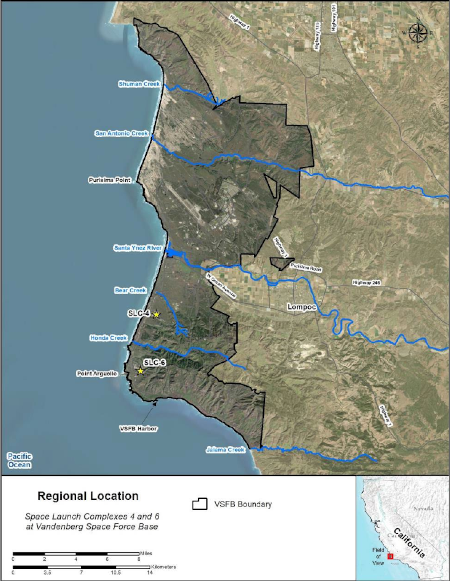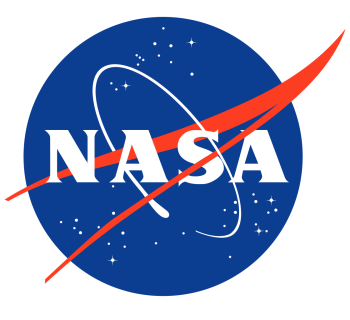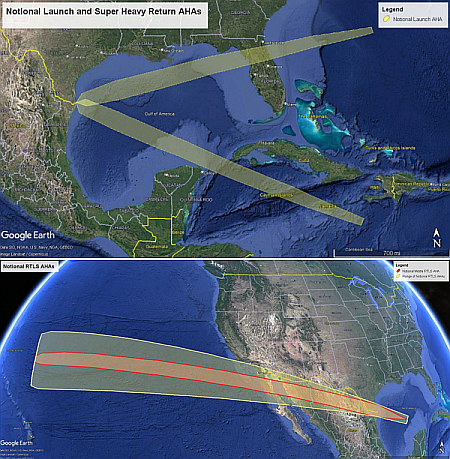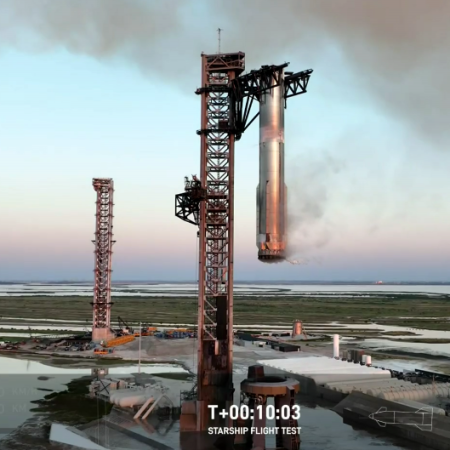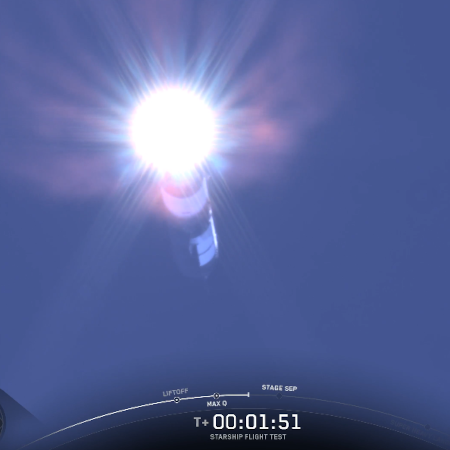
Starship and Superheavy during ascent today.
On the eleventh orbital test flight today of Starship/Superheavy, SpaceX basically achieved all its engineering goals, with both Superheavy and Starship completing their flights as planned, with Superheavy doing a soft vertical splashdown in the Gulf of Mexico, and Starship doing a soft vertical splashdown in the Indian Ocean.
The Superheavy flown was on its second flight, having flown on test flight #8. Of its 33 Raptor engines, 24 had flown previously. In returning, it successfully used a new configuration of engine burns, first firing thirteen engines, then six, then three.
More significant was Starship’s flight. The engineers had purposely left tiles off in some locations that would experience the greatest heat during re-entry, to find out if the ship could survive a loss of those tiles. It did, and did so in a truly remarkable manner, always flying in a controlled manner, even as it attempted a radical and previously untried banking maneuver as it approached the ocean in order to simulate a return to the launch tower chopsticks at Boca Chica.
Prior to splashdown and during its coast phase, Starship once again successfully tested the deployment of eight dummy Starlink satellites, as well as a relight of one of its Raptor engines to demonstrate it will be able to do a planned de-orbit burn once it enters a full orbit on future test flights.
Once again, the word to describe this flight is remarkable. While no else has yet been able to recover a first stage and reuse it, SpaceX has been doing it with its Falcon 9 for almost a decade, and doing it hundreds of times.
And now it has twice reused a Superheavy booster, out of only eleven test launches. Based on this and the last test flight, the company will almost certainly begin reusing Starship prototypes during next year’s orbital test flights, when it will begin flying full orbits using its third version of Starship, including returns to Boca Chica for chopstick tower catches. Furthermore, expect the deployment of real Starlink satellites on those missions.
The next mission should likely take place close to the end of this year, and it should likely be followed by additional flights about every two months.
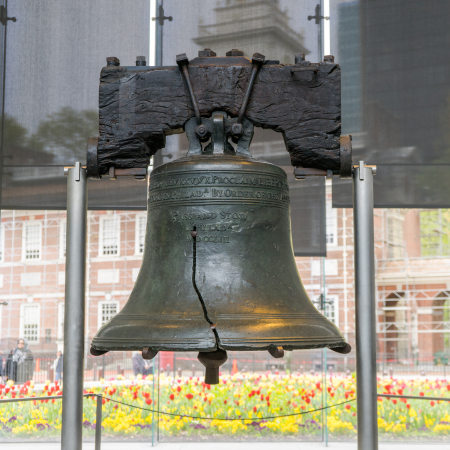
“Proclaim liberty throughout all the land unto all
the inhabitants thereof.” Photo credit: William Zhang
While politicians and media swamp creatures focus on the relatively inconsequential race to do an Apollo-like manned landing on the Moon, the real American space program is being run privately by SpaceX, and its goal is to not only go to Mars, but to do so in a manner that will quickly establish a human colony. Along the way the company will help facilitate that government space program, but only as it helps SpaceX learn better how to get humans to Mars.
Most significantly, SpaceX is doing its space program entirely on its own dime. It is being financed by the revenues coming in to the company from the now more than seven million subscribers to Starlink. And those numbers will only rise with time, as Starship begins launching the next generation of satellites with capabilities that will dwarf all of SpaceX’s competitors.
Once again, freedom, private enterprise, and the American dream wins. May all humans someday live under rules that will allow them the same possibilities.


